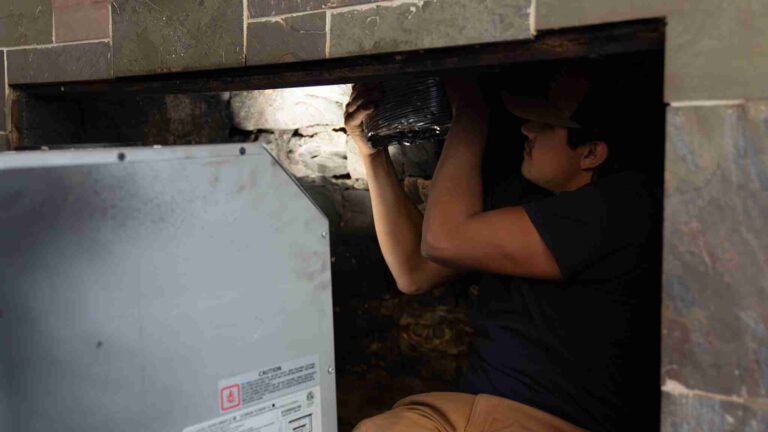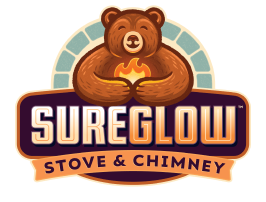What you get from SureGlow Stove and Chimney – Kansas City:
- We’ll come to your home
- Analyze your new fireplace installation needs
- Present personalized solutions on what to do next
- Financing options available!
- 100% satisfaction guaranteed
Trusted by Your Neighbors Near the Cassville, MO Area
Reliable. Honest. Quality.
SureGlow Stove & Chimney.
SureGlow Stove & Chimney is here for all of your Fireplace Installation needs!
- Thoroughly Vetted & Certified Liner Professionals
- Friendly Customer Service Representatives
- Online Scheduling Available
- Reliable, On-Time Service
- The Local’s Choice for Chimney & Fireplace Services
- Home Of The Forever Warranty
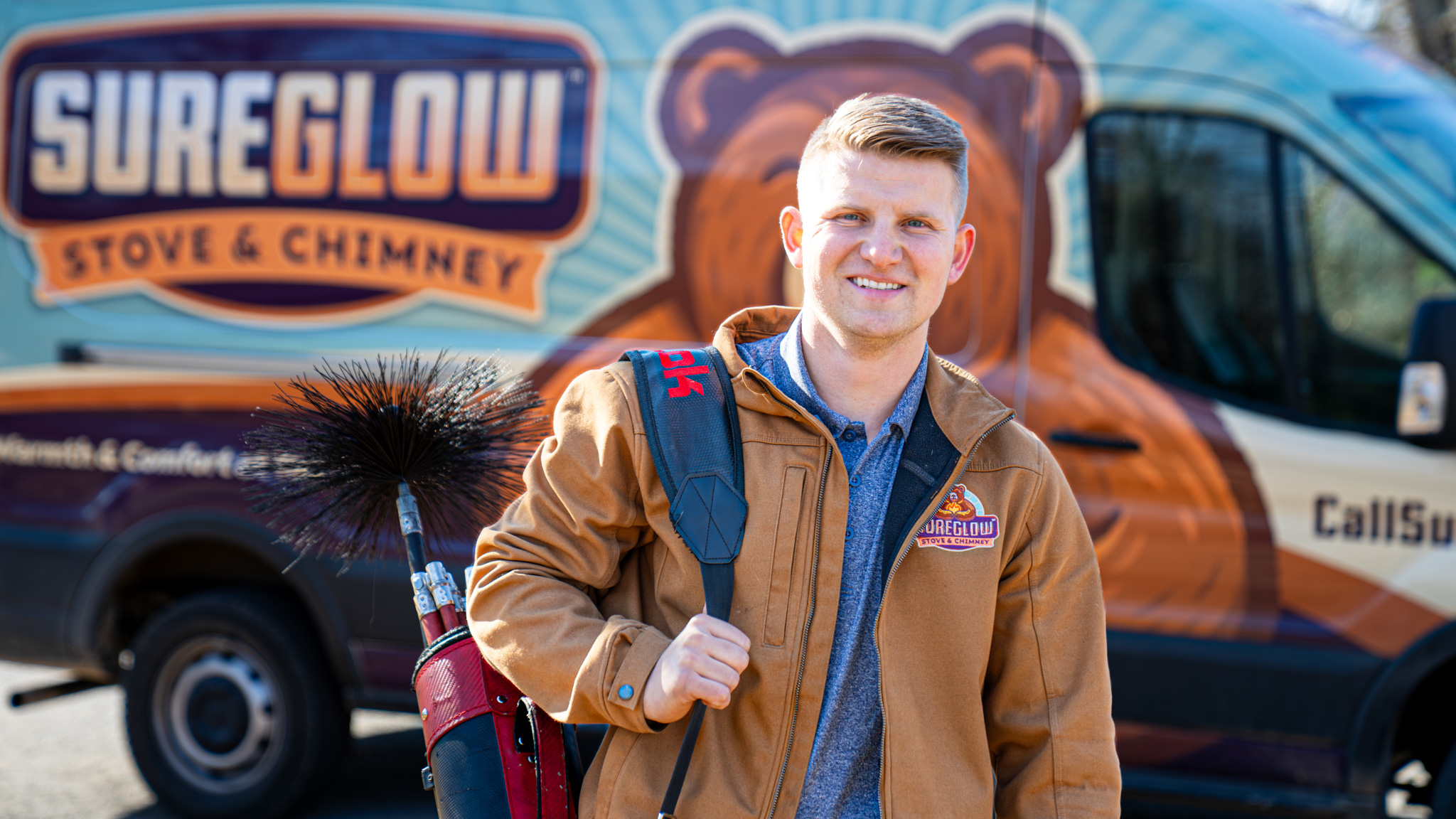
3 YEAR MEMBERSHIP
SureGlow Service Plan
keep your chimney safe and ready to burn each year!
SureGlow Stove and Chimney offers a 3 Year Service Plan that provides you with an annual sweep and inspection at a highly discounted rate and keeps you locked into that rate for all 3 years.

Check Out Our Other Offers In Cassville, MO
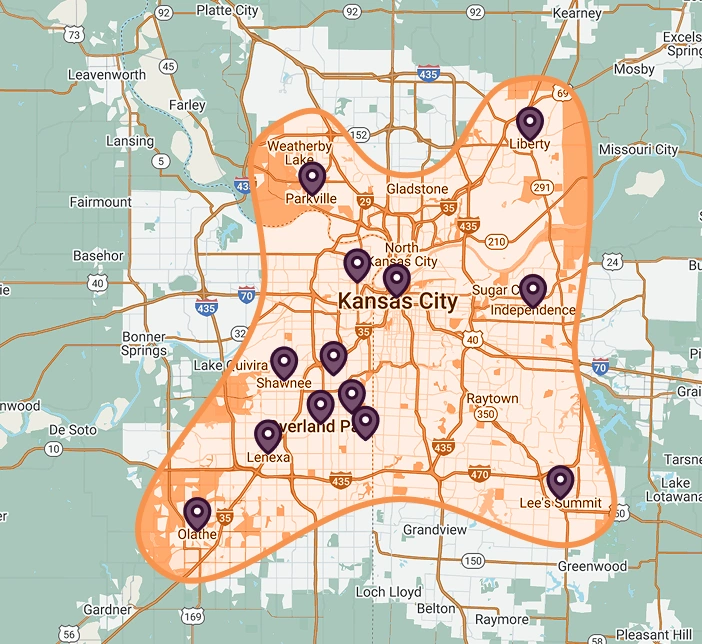
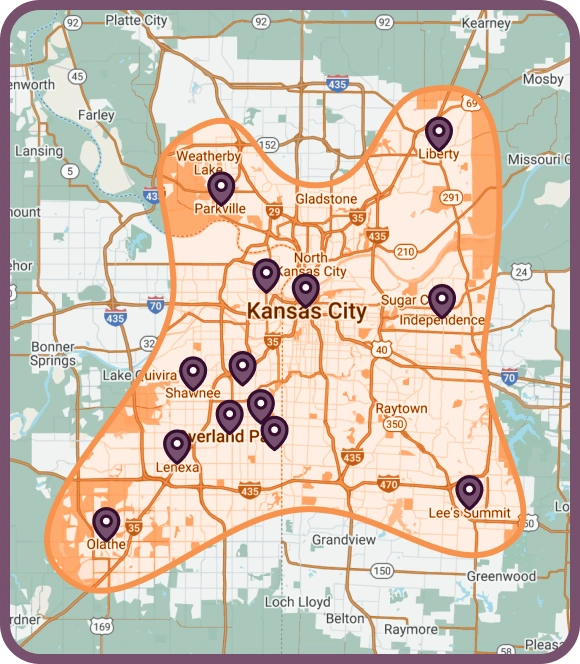
WHERE WE SERVE
we get the job done in the greater Kansas City, MO area
SureGlow provides top notch Chimney and Fireplace Services in these cities & more!
- Kansas City, KS
- Leawood, KS
- Overland Park, KS
- Lenexa, KS
- Shawnee, KS
- Olathe, KS
- Topeka, KS
- Prairie Village, KS
- Mission, KS
- Kansas City, MO
- Lee’s Summit, MO
- Parkville, MO
- Liberty, MO
- Independence, MO
More Fireplace services offered in The Kansas City Area
No matter what Fireplace issue you are facing, you can rest assured knowing that our team offers a full range of Fireplace services, including:
we offer financing options to Suit your needs
Frequently Asked Questions About Liner Installation
You can absolutely add a fireplace to an existing house! If you are interested in adding a fireplace in your Cassville, MO home, just call the pros at SureGlow Stove & Chimney today to get started! We will walk you through all of your fireplace options and answer any questions you may have. Visit us online or call us at (417) 582-7853 to get started on your home improvement project today!
The cost to install a built in fireplace will vary quite dramatically depending on a number of factors including your particular home, the type of fireplace you want to install, and the style and materials you want to utilize. To get a more accurate idea of fireplace installation cost, call the pros at SureGlow Stove & Chimney to receive a free price estimate today!
It is never recommended to attempt installing a chimney liner yourself. Chimneys are both complicated and dangerous and require specific skill sets, equipment, and knowledge that is better left to f professionals such as SureGlow Stove & Chimney. If you are looking to add a chimney liner to your Cassville, MO home, call us at (417) 582-7853 to get started.
With so many different types and brands of fireplaces currently on the market, it can quickly become overwhelming trying to narrow down on the correct one for you. Fortunately, you have a friend in the SureGlow Stove & Chimney team when you trust in us for fireplace and appliance liner services! You can count on our experts to help walk you through all of your fireplace options and through every step of the installation process. We will assess your particular Cassville, MO home as well as your individual taste to help come up with a fireplace solution tailored to your unique needs.
To learn more about your fireplace options, give us a call at (417) 582-7853 to speak with one of our knowledgeable Customer Service Representatives who can get you started on your home improvement journey today!
Types of Fireplaces Offered By SureGlow Stove & Chimney
When it comes to choosing the right type of fireplace for your Cassville, MO home, you can count on our pros to help you make an informed decision. After you decide which type of fireplace you want installed in your home, we will help you with brand and material selections as well as any other types of customizations you are looking to achieve. The four types of fireplaces are:
- Wood Burning Fireplaces can be broken down into four subsets: Open hearth, closed heath, fireplace inserts, and prefabricated.
- Gas Fireplaces are a very commonly used alternative to wood burning fireplaces.
- Electric Fireplaces which are separated into the following subcategories: Wall mount, stove-style, basket style, inset, and TV-stand.
- Ethanol Fireplaces are not as commonly utilized but offer unique benefits.
